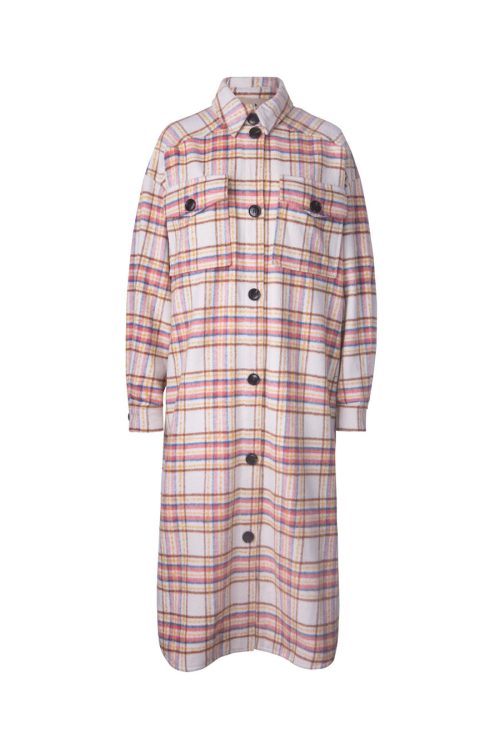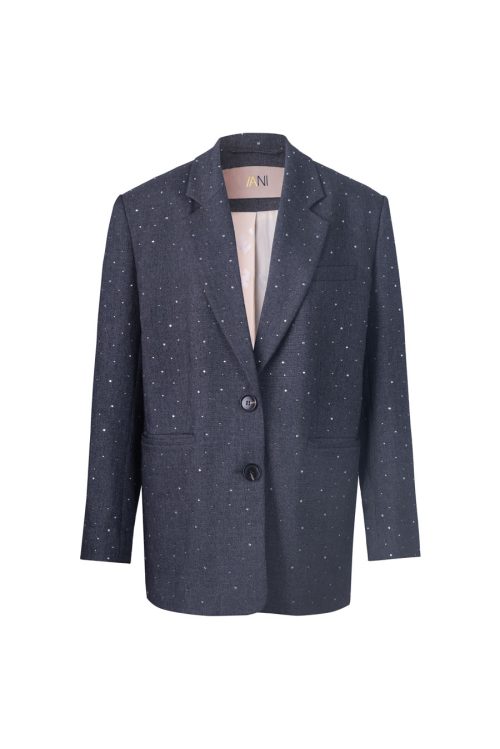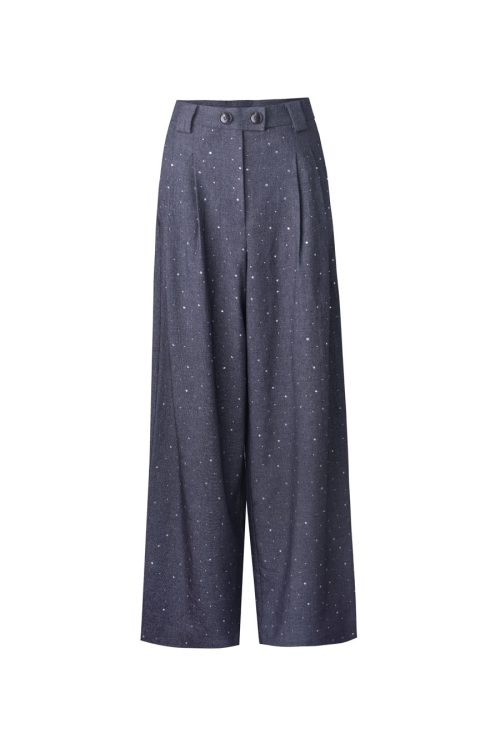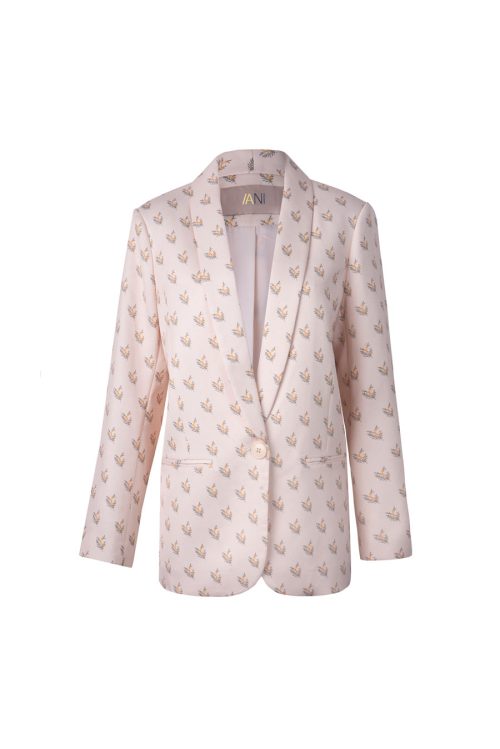
Introduction to OEM Clothing
Original Equipment Manufacturer (OEM) clothing refers to the process where a brand designs apparel that is then produced by another company. This business model is a cornerstone of the global fashion industry, allowing brands to leverage the manufacturing capabilities of specialized factories. OEM clothing encompasses a wide range of women’s clothing, including skirts, blouses, jackets, and pants, and is especially prevalent in regions with strong supply chain advantages like Shanghai, China.
The OEM Clothing Production Process
Conceptualization and Design
The journey of OEM clothing begins with a brand’s vision. Designers draft detailed specifications and designs, which are then brought to life by OEM manufacturers. This collaboration ensures that the final product matches the brand’s aesthetic and quality standards.
Material Selection and Sourcing
Choosing the right materials is crucial for the success of an OEM clothing line. Manufacturers often have extensive networks to source high-quality, cost-effective fabrics and components.
Production and Quality Control
OEM factories, with their advanced production facilities and skilled workforce, efficiently translate designs into finished products. Rigorous quality control measures are in place to ensure each piece meets the brand’s standards.
Benefits of OEM Clothing for Brands
Customization and Brand Identity
OEM manufacturing allows brands to create unique products that reflect their identity, enabling them to stand out in the competitive fashion market.
Cost-Effectiveness and Efficiency
By outsourcing production, brands can benefit from the cost, quality, and efficiency advantages offered by Chinese garment factories, without the need to invest in their own manufacturing infrastructure.
Quality Assurance and Scalability
Working with experienced OEM partners ensures high-quality output and the ability to scale production according to market demand.
Challenges Faced by OEM Clothing Manufacturers
Maintaining Quality Standards
Ensuring consistent quality across all products can be challenging, requiring strict oversight and collaboration between the brand and the manufacturer.
Supply Chain Management Issues
OEM clothing production relies on a complex supply chain, which can be disrupted by material shortages, logistical challenges, or geopolitical factors.
Navigating Intellectual Property Rights
Protecting designs and trademarks is vital for brands, necessitating clear agreements with manufacturers to safeguard intellectual property.
How to Choose the Right OEM Clothing Partner
Criteria for Selection
Selecting an OEM partner involves assessing their manufacturing capabilities, experience, and reputation in the industry.
Evaluating Technical Expertise and Capacity
Brands should look for manufacturers with the technical expertise to produce their designs and the capacity to meet their production needs.
Assessing Sustainability and Ethical Practices
With growing consumer demand for ethical and sustainable fashion, evaluating a manufacturer’s commitment to these principles is increasingly important.
The Future of OEM Clothing Manufacturing
Technological Advancements and Innovations
Emerging technologies like 3D printing and AI are set to revolutionize OEM clothing production, enhancing customization options and reducing waste.
The Shift Towards Sustainability
The industry is moving towards more sustainable practices, with manufacturers adopting eco-friendly materials and processes.
Predictions for the OEM Clothing Market
As consumer preferences evolve, OEM manufacturing will continue to adapt, focusing on flexibility, sustainability, and innovation.
FAQs
- How does OEM clothing benefit small and medium-sized fashion brands?
- What is the difference between OEM and ODM in the clothing industry?
- Can OEM clothing be sustainable and ethical?
- How do brands ensure the quality of their OEM-produced apparel?
- What are the key factors to consider when choosing an OEM clothing manufacturer?
- How is technology changing the OEM clothing manufacturing landscape?
Conclusion
OEM clothing manufacturing is an essential component of the global fashion ecosystem, offering brands a flexible, cost-effective, and high-quality solution for apparel production. As the industry evolves, the partnership between brands and OEM manufacturers will continue to be pivotal, driving innovation and sustainability in fashion.




